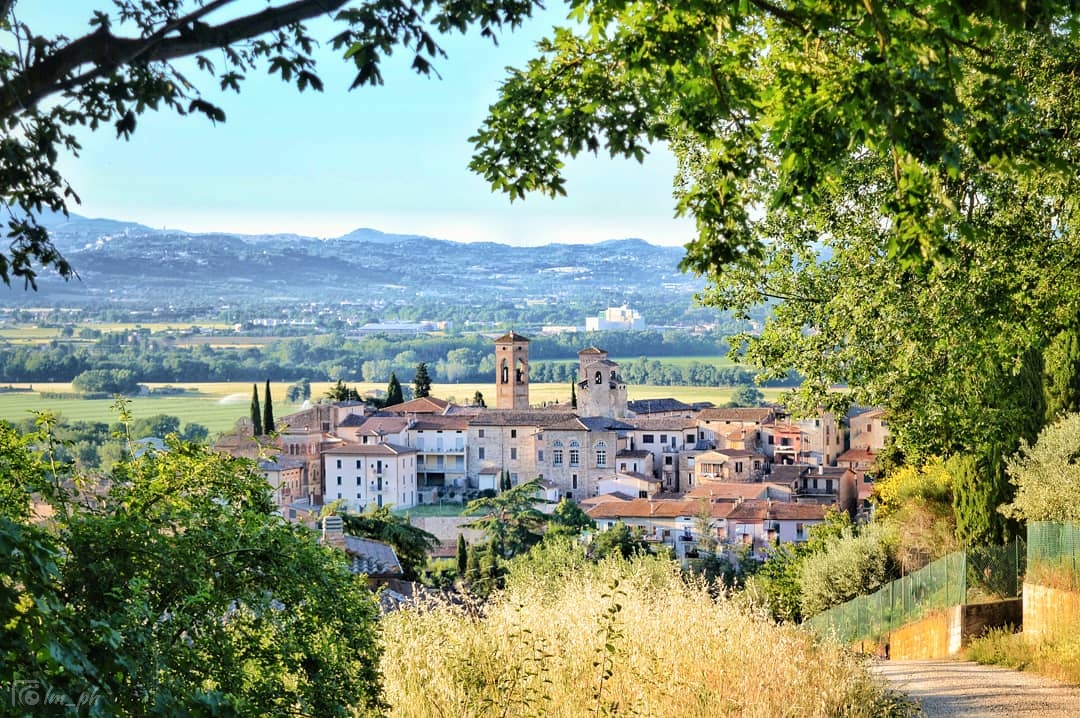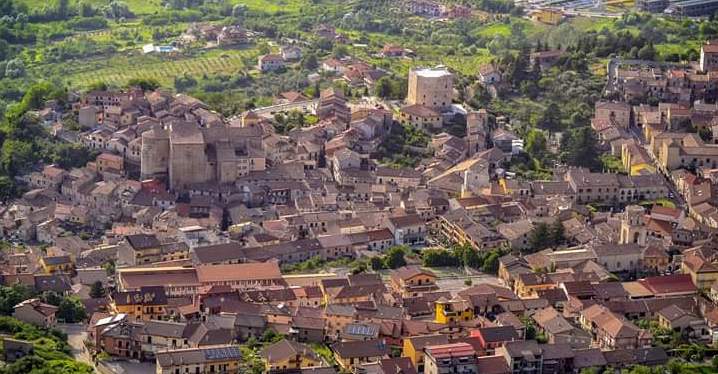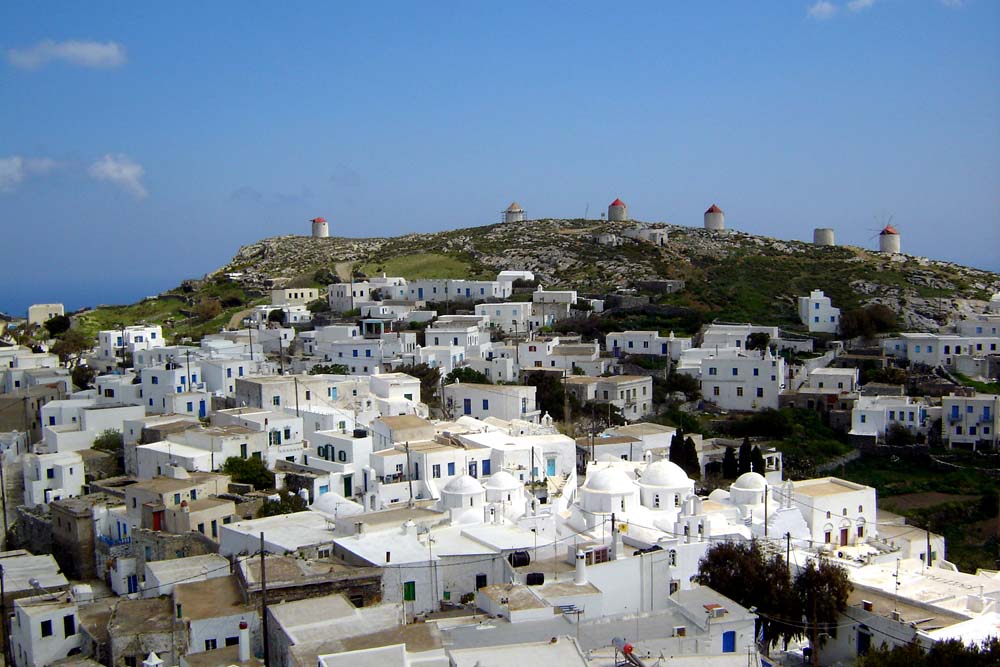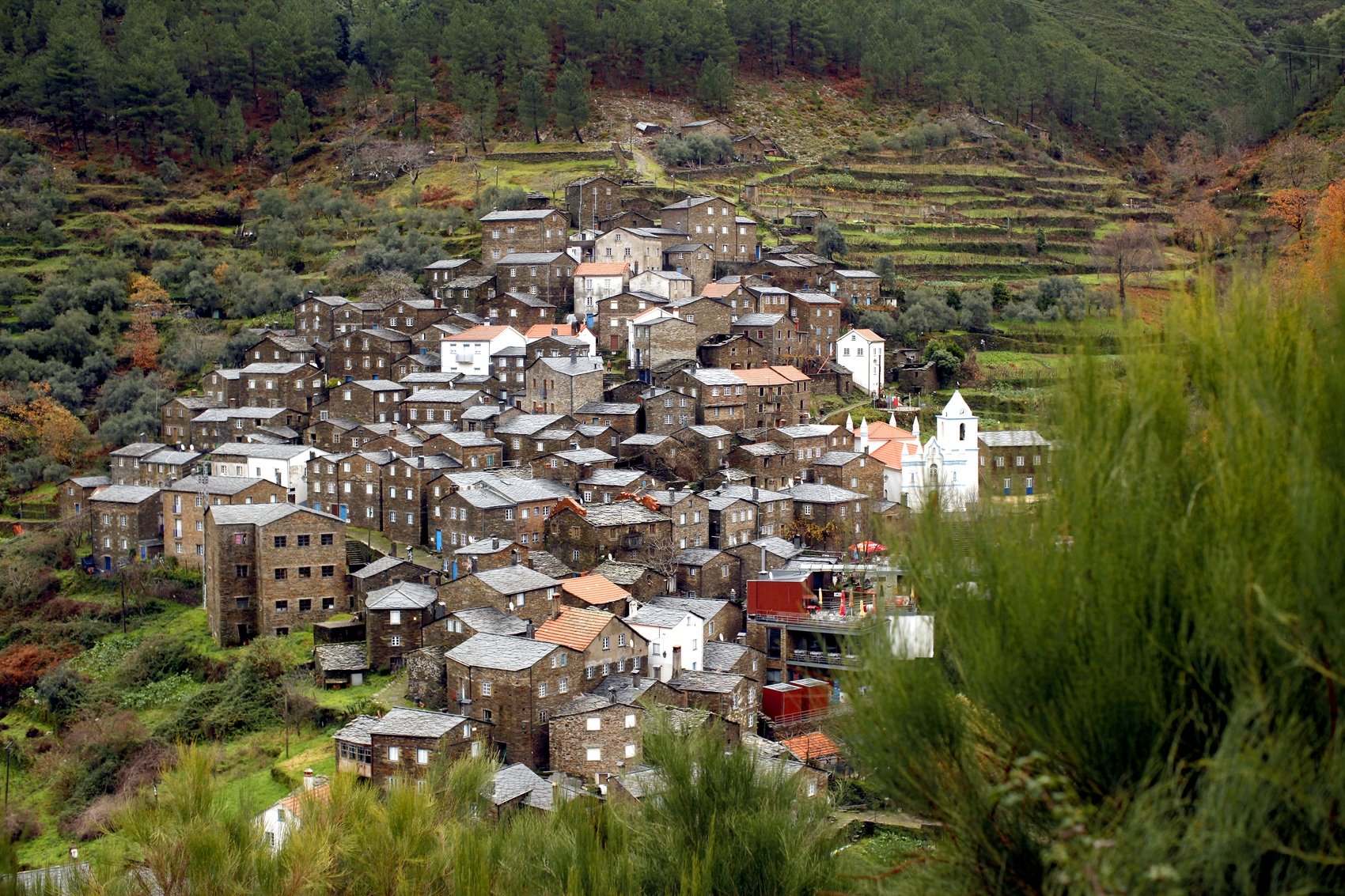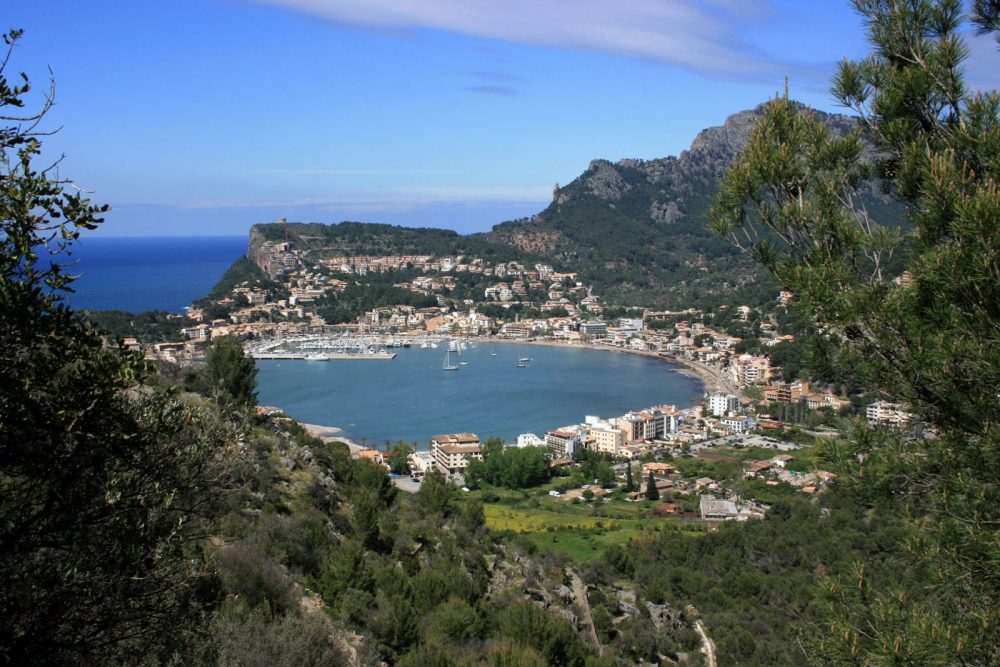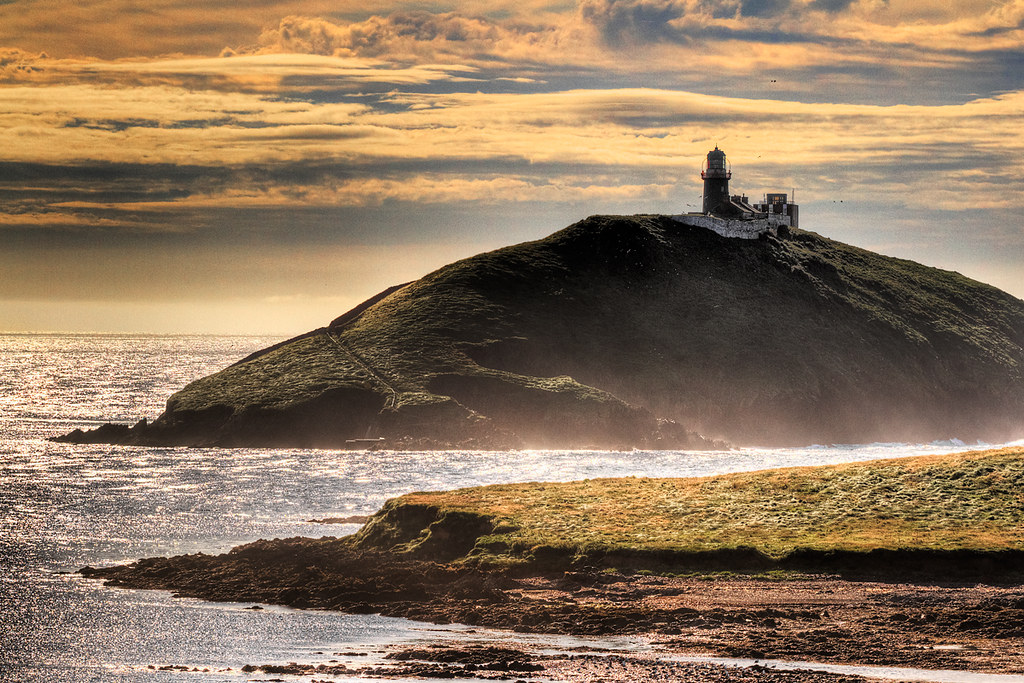Not far from the banks of the River Tiber, 15 km from Perugia, we find ourselves in a tiny, ancient town on a gentle hill, surrounded by forests. We are in the ‘land of the potters’ as this place, famous throughout the world for its ceramics, was known in antiquity. In Deruta ceramics are basically everywhere: the welcome sign at the entrance of the town is not made from a cold metal plate but a friendly piece of ceramic, while on the road that climbs up to the ancient city center and city walls is lined with small shops and ceramics workshops, mostly featuring forms and decorations of classical taste, though there is also liberty, and often particularly original Art Nouveau. The benches in the garden are made from ceramics (there is even one that bears the motto ‘dulce est amare’ (the sweet love), reserved for the affections of lovers), as are the signs for the high school for the arts, the street names, the tables of the bars in the squares and the religious imagery in the Church of S. Francesco, with its two bell towers. The imagery in the church includes an icon of Saint Catherine of Alexandria, the patron saint of ceramists and potters. On the weekend, there is a ceramics market behind the Cathedral of Saint Lorenzo that is as small as it is distinctive, a tiny concentration of stalls featuring ceramic utensils and ornaments, all made by hand. Go and uncover some original piece to take home or use as a gift: there is something for every taste! In Deruta, a town of less than 6,000 inhabitants, ceramics is part of everyday life: the families here all have at least one member who works in ceramic production or decoration. Here, the creative inspiration of the artisans knows no bounds. There is even a young musical enthusiast who has created perfectly functioning guitars from ceramics. And it seems that even the legendary Carlos Santana appreciated the instrument, having received one as a gift at the Umbria Jazz Festival! Finally, there is the Regional Ceramics Museum, founded in the convent of Saint Francesco Church in 1898, which contains a number of little secrets alongside some great masterpieces. You can get lost in admiring Greek, Roman and Etruscan examples, a Deruta section from the 14th to the 17th century and a rich collection of contemporary works. A treasure chest of marvels, in other words, with more than 6,000 pieces (and continually rising!), worth the trip to Deruta on its own.
